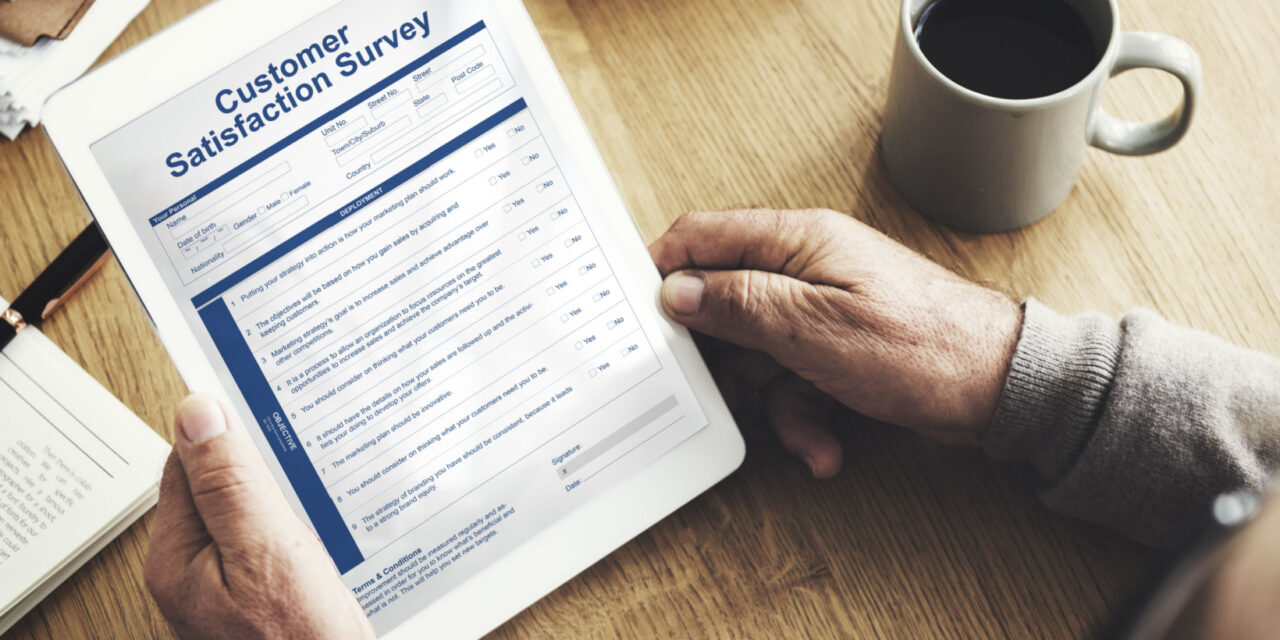
Creating Effective Client Surveys
There are many good reasons to conduct regular client surveys. Properly designed, client surveys can provide insights into improving product offerings, services and the overall client experience. They may also serve as a way to help retain clients by showing them how their opinions are valued and identifying happy clients who may be willing to make referrals.
To view the full article please register below:
Creating Effective Client Surveys
There are many good reasons to conduct regular client surveys. Properly designed, client surveys can provide insights into improving product offerings, services and the overall client experience. They may also serve as a way to help retain clients by showing them how their opinions are valued and identifying happy clients who may be willing to make referrals.
Element of a Well-Designed Client Survey
A properly designed client survey is foundational to a successful client survey. The following are among the key elements of an effective client survey:
- Identify its purpose. In other words, what information do you want to glean from your clients? Is the purpose to benchmark customer satisfaction, solicit feedback on a product or employee/advisor interaction, or test business options? Knowing the purpose will help define the questions and eliminate those that are irrelevant to the survey’s objective.
- Limit the number of questions. Not only do you need to ask the right questions to obtain the desired information, you need to avoid asking too many questions and confusing questions. This will promote higher response and completion rates. Most questionnaires shouldn’t extend beyond 10-15 minutes to complete.
- Use closed- and open-ended questions to gather needed information. When building questions, a key consideration is how information is gathered. For instance, closed-ended questions are best for delivering quantitative data (e.g., 58% rate our service as “excellent”), while open-ended questions are appropriate for qualitative data (e.g., a number of clients have difficulty using a particular tool).
- Consider the structure of questions. Avoid asking questions that show a bias and may sway a respondent to answer in a certain way (e.g., “How would you rate your experience? Excellent, Very Good, Good, Satisfied”) or asking compound questions (e.g., “Are you satisfied with our products and employee interactions? Yes/No”). Don’t use industry jargon in the questions!
- Time the distribution appropriately. Distribution timing of a client survey is a key component of success. Obviously, you want to avoid sending your survey around important holidays. A survey on “the new client experience” should be sent out shortly after the relationship is initiated.
- Test your survey. By sending your survey to a small group of clients, you can obtain feedback to determine if the questions were confusing or if you obtained the information you were seeking.
- Send a follow-up reminder. To obtain the highest completion rate, follow-up communications will be needed as the initial survey launch may have been missed or overlooked.
If you conduct a client survey, be sure to thank your clients for their participation. Follow-up on any specific issues raised by a respondent immediately to resolve. It’s essential that you act on the feedback and communicate the actions taken so your clients know their input is valued, which will serve to enhance future survey response rates.
Please reference disclosures at: https://blog.americanportfolios.com/disclosures/












